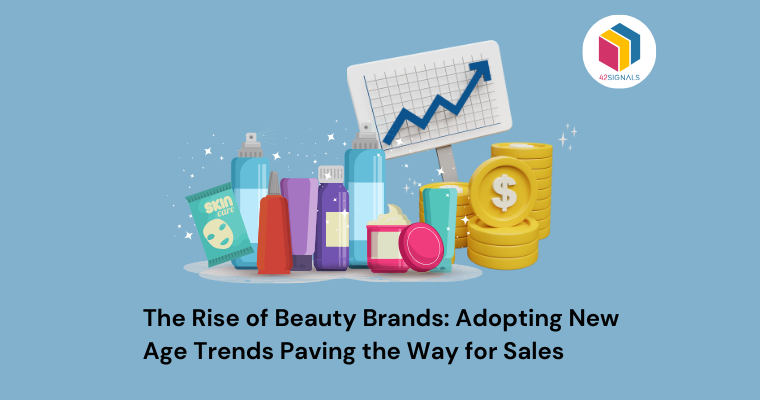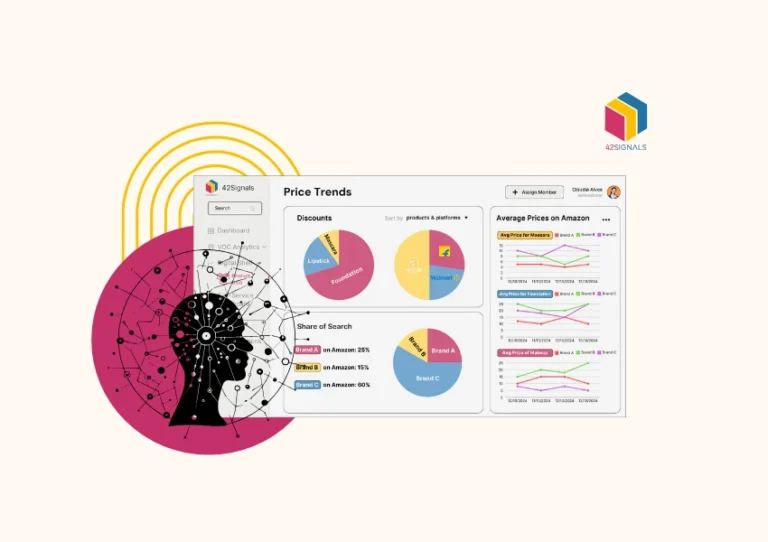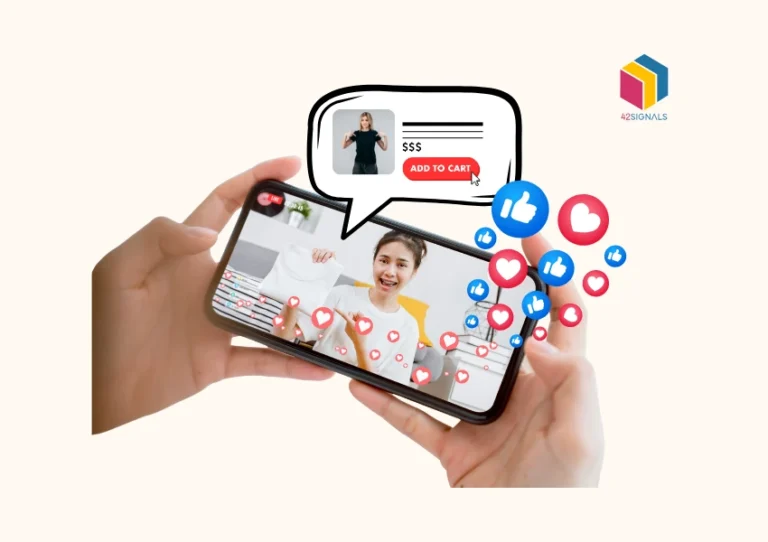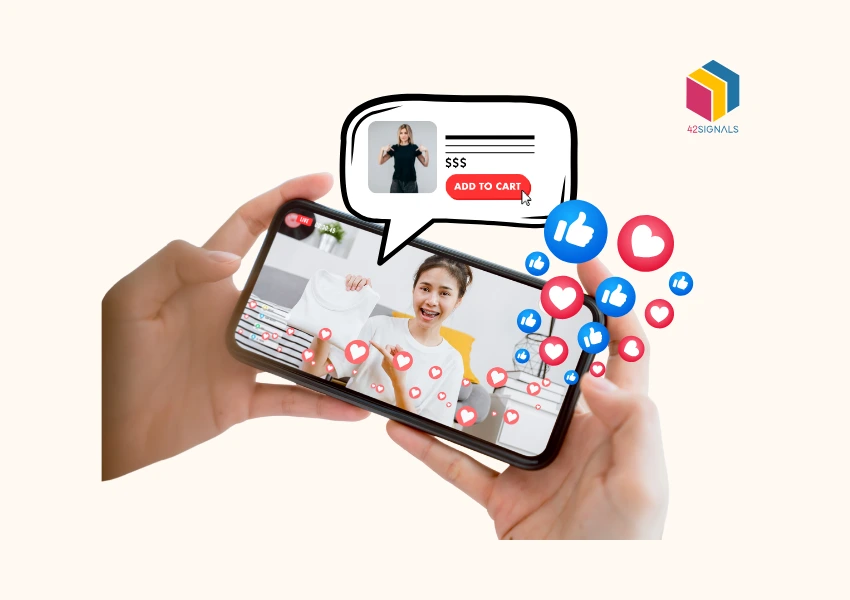The beauty industry across the globe has undergone a significant transformation birthing several beauty brands in the last decade alone and generating over $100 billion in revenue worldwide.
This can be attributed to several factors such as increased consumer awareness, social media influence, and the rise of indie brands. With so many players in the market, it’s essential to stay informed about key trends and companies shaping this dynamic landscape.
1. Sustainable Products
One notable trend is the growing demand for clean and sustainable products. Consumers are becoming more conscious of what they put on their skin and want to support brands that align with their values. As a result, we have seen an increase in natural, organic, and cruelty-free product offerings from both established and emerging beauty labels.
A leading company in this space is Lush Cosmetics, known for its handmade, vegetarian, and ethically sourced items.
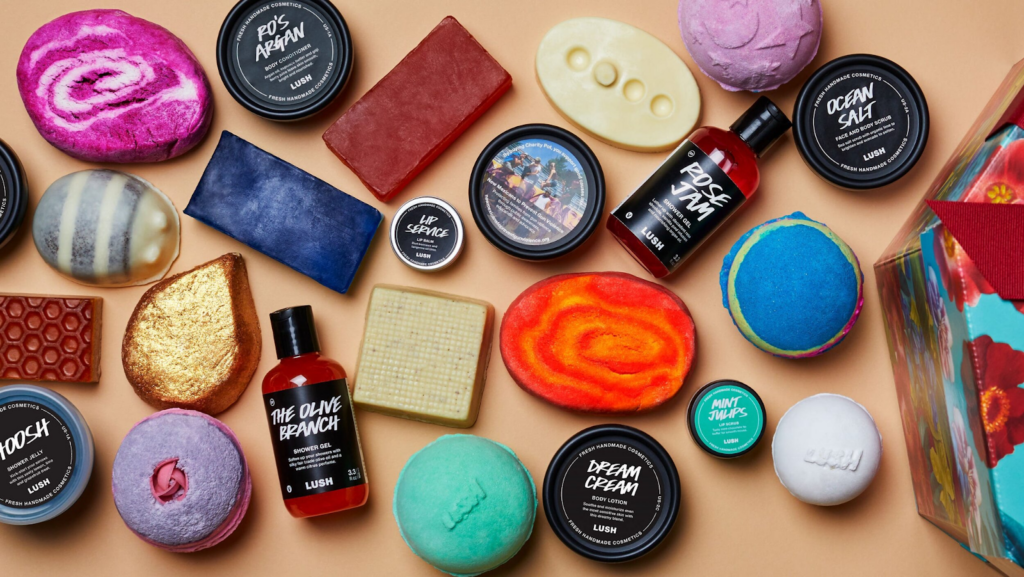
Image Source: Project Animal Freedom
2. Personalized Beauty Regimens
Another crucial development is the personalization of beauty regimens through technology. Advances in AI and machine learning enable brands to create customized solutions tailored to individual needs.
Function of Beauty, for instance, uses algorithms to formulate hair care products based on user preferences and characteristics.

Image Source: New York Post
Similarly, Skinshift leverages data analytics to provide customers with personalized skincare recommendations after analyzing their complexion type, lifestyle habits, and environmental factors.
3. The Uptick of Influencers
The role of influencers and content creators cannot be understated when discussing the current state of the beauty industry. Social media platforms like Instagram, YouTube, and TikTok serve as powerful tools for brand discovery and engagement.
Many successful brands have capitalized on these channels by collaborating with influential figures who resonate with their target audience.
For example, Huda Beauty, founded by makeup artist Huda Kattan, gained popularity through her tutorial videos and now boasts millions of followers across various platforms.

Image Source: Huda Beauty
Fenty Beauty, launched by singer Rihanna, also made waves in the industry by offering diverse foundation shades catering to all skin tones – a move heavily influenced by inclusive representation on social media.

Image Source: Adweek
4. Rise of Asian Beauty Trends
Asian beauty markets, particularly those in South Korea and Japan, continue to impact global trends due to their innovative ingredients, packaging designs, and unique approaches to skincare routines.
Memebox and Peach & Lily are two prominent examples of Korean beauty (K-beauty) retailers expanding beyond their home turf to introduce Western consumers to cult favorites like sheet masks, snail mucin, and cushion compacts.
Meanwhile, Japanese beauty (J-beauty) emphasizes minimalism, simplicity, and high-quality ingredients derived from nature. Shiseido, a trailblazer in J-beauty, remains one of the world’s oldest cosmetic companies while continually evolving to meet modern demands.
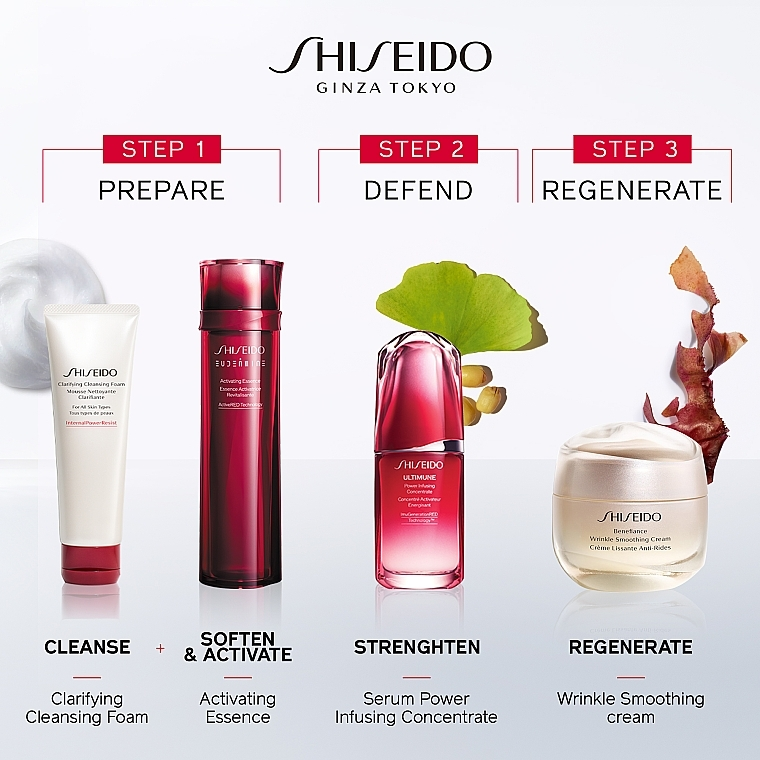
Image Source: Makeup Store
5. Grooming Products for the Modern Man
Lastly, men’s grooming has become increasingly important within the broader beauty sphere. According to Statista, the global male grooming market is projected to reach $115 billion in 2028, up from $79.6 billion in 2022.
Several brands have emerged to address this growing segment, including Harry’s, Dollar Shave Club, and Bombay Shaving Company, which specialize in subscription-based razor delivery services. Additionally, traditional skincare giants like Nivea Men, Clinique for Men, and Bulgari have expanded their ranges to accommodate discerning gentlemen seeking effective yet fuss-free solutions.
Trends & Key Takeaways from Successful Beauty Brands
Permanent Shift to Clean & Sustainable Beauty Products
Prioritizing transparency, ethical production methods, and eco-friendly packaging will be crucial for brands aiming to win over health-conscious and environmentally-minded consumers.
- Invest in developing natural, organic, and cruelty-free product lines using eco-friendly packaging materials.
- Obtain relevant certifications (e.g., Leaping Bunny, EWG Verified, Cradle to Cradle) to build credibility and demonstrate commitment to sustainability.
- Highlight supply chain transparency by sharing details about raw material sources, manufacturing processes, and waste management practices.
Role of Technology in Personalization
Artificial intelligence, machine learning, and big data analysis empower brands to deliver customized solutions tailored to individuals’ specific needs, resulting in heightened customer satisfaction and loyalty.
- Implement AI-powered quizzes or surveys on websites to gather customer data and generate personalized product recommendations.
- Utilize machine learning algorithms to analyze sales patterns, customer feedback, and ingredient interactions to optimize formulations and packaging designs.
- Offer virtual try-on features via augmented reality applications to enhance online shopping experiences and reduce return rates.
Role of Authenticity in Influencer Partnerships
As skepticism towards sponsored content grows, choosing trustworthy influencers who genuinely connect with their audience becomes increasingly important for successful collaborations.
- Partner with micro-influencers who share genuine affinity and alignment with your brand values instead of focusing solely on follower counts.
- Encourage honest reviews and open dialogue between influencers and their audiences to foster trust and credibility.
- Provide creative freedom for influencers to produce engaging content that resonates with their audience while still conveying key brand messages.
Innovative Beauty Trends from the East
South Korean and Japanese beauty markets continue to set global standards with their unique approach to skincare, novel ingredients, and sophisticated packaging design. Cross-cultural collaborations may become more prevalent as both Eastern and Western brands look to tap into new markets.
- Explore collaborations with popular Asian beauty brands or influencers to access new markets and incorporate unique ingredients or techniques into existing product lines.
- Stay updated on regional trends and regulatory changes to ensure compliance and adapt quickly to evolving consumer preferences.
- Regularly conduct market research to identify emerging opportunities in Asia’s vast and diverse beauty landscapes.
Rising Trends in Men’s Grooming Market
Developing innovative products targeted at male-specific concerns, broadening distribution channels, and refining marketing strategies to engage diverse segments within this expanding demographic present lucrative opportunities for businesses.
- Conduct extensive research to understand the distinct needs, pain points, and motivations of male consumers across age groups and cultural backgrounds.
- Formulate gender-neutral products appealing to both men and women, promoting inclusivity and simplifying inventory management.
- Create dedicated marketing campaigns targeting males, utilizing language, visuals, and messaging that resonates with them.
Conclusion
By staying abreast of these trends and adapting accordingly, brands can position themselves competitively amongst beauty brands while contributing meaningfully to ongoing conversations surrounding self-care, wellness, and sustainability. Schedule a demo to discover how 42Signals can elevate your brand to the next level.
